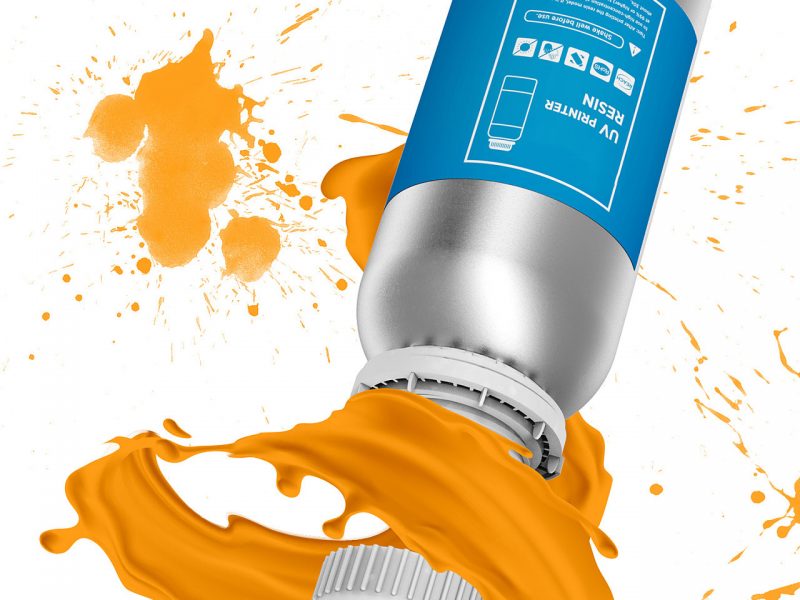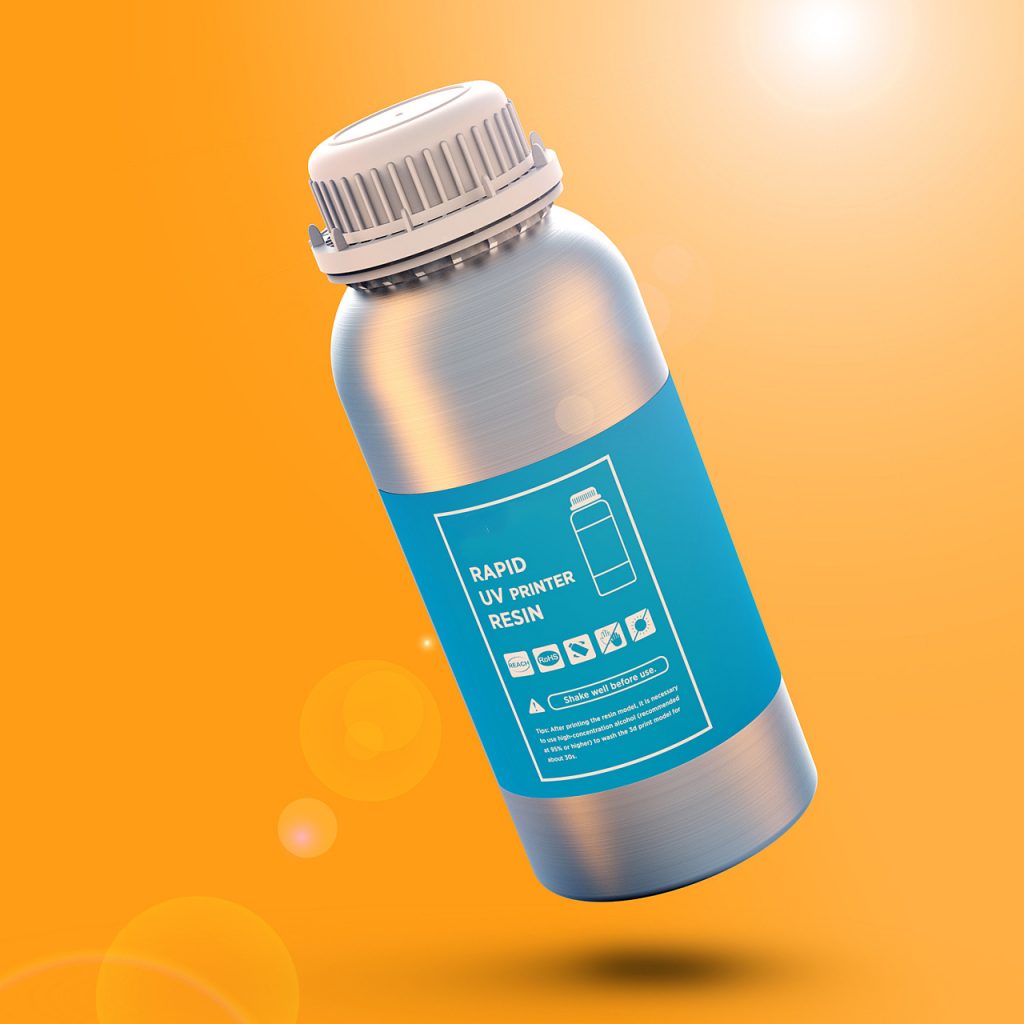
When using light-curing 3D printers to print products, the quality and accuracy of the machine are important, but the importance of its resin consumables cannot be ignored. A good resin consumable can even improve the accuracy of the object. Today I want to tell you how to distinguish high-quality light-curable 3D printer resins.
Indispensable factors for high-quality photosensitive resin:
1. Low volatility, low viscosity, good stability, fast curing and low shrinkage.
2. After curing, it has good mechanical properties and thermal stability. The printing or molding process should be non-toxic and irritating odors should be volatile.
How to distinguish and select high-quality photosensitive resin:
Main components: oligomer, active monomer, photoinitiator and a few other additives.
Oligomer: refers to a low molecular weight polymer with unsaturated functional groups in the photosensitive resin component. The molecular end of the oligomer has an active group for photocuring reaction. After polymerization is caused, the molecular weight solidifies and rises to a solid, which is also the key to the most used ingredient and the decisive quality. Common oligomers are polyacrylic resin, epoxy acrylic resin, urethane acrylic resin and so on.
Active element: also known as active diluent, as a defensible functional group in photosensitive resin, it is responsible for reducing the viscosity of the entire resin system and avoiding print head clogging. Its main components include acrylate, vinyl ether and so on.
Photoinitiator: As a compound that can cause polymerization, its principle is that the photoinitiator or photosensitizer absorbs energy, and then the absorbed energy changes and is excited from the ground state to the excited state. When the excited state energy is large, the weak bond breaks to form the primary active species. According to the difference of energy absorption, it can be divided into ultraviolet light initiator and visible light initiator. According to the difference of formation activity, it can be divided into free radical and cation. Free radical photoinitiators mainly include benzoin, ether derivatives, benzophenone and so on. Cationic photoinitiators include diazonium salts, diaryliodonium salts, iron arene salts, and the like.
Other additives: according to the photosensitive resin, the additives are also different. Adding fillers can significantly enhance the mechanical properties of the resin and reduce the shrinkage after curing, but it will increase the viscosity of the resin, so it should be added carefully. The leveling agent can be appropriately increased to increase the fluidity and make the resin page smoother. At present, the additives on the market include fillers, leveling agents, polymerization inhibitors, pigments, dispersants, light stabilizers, surfactants and so on.
Knowing the main components of photosensitive resin, you can easily select high-quality photosensitive resin.

